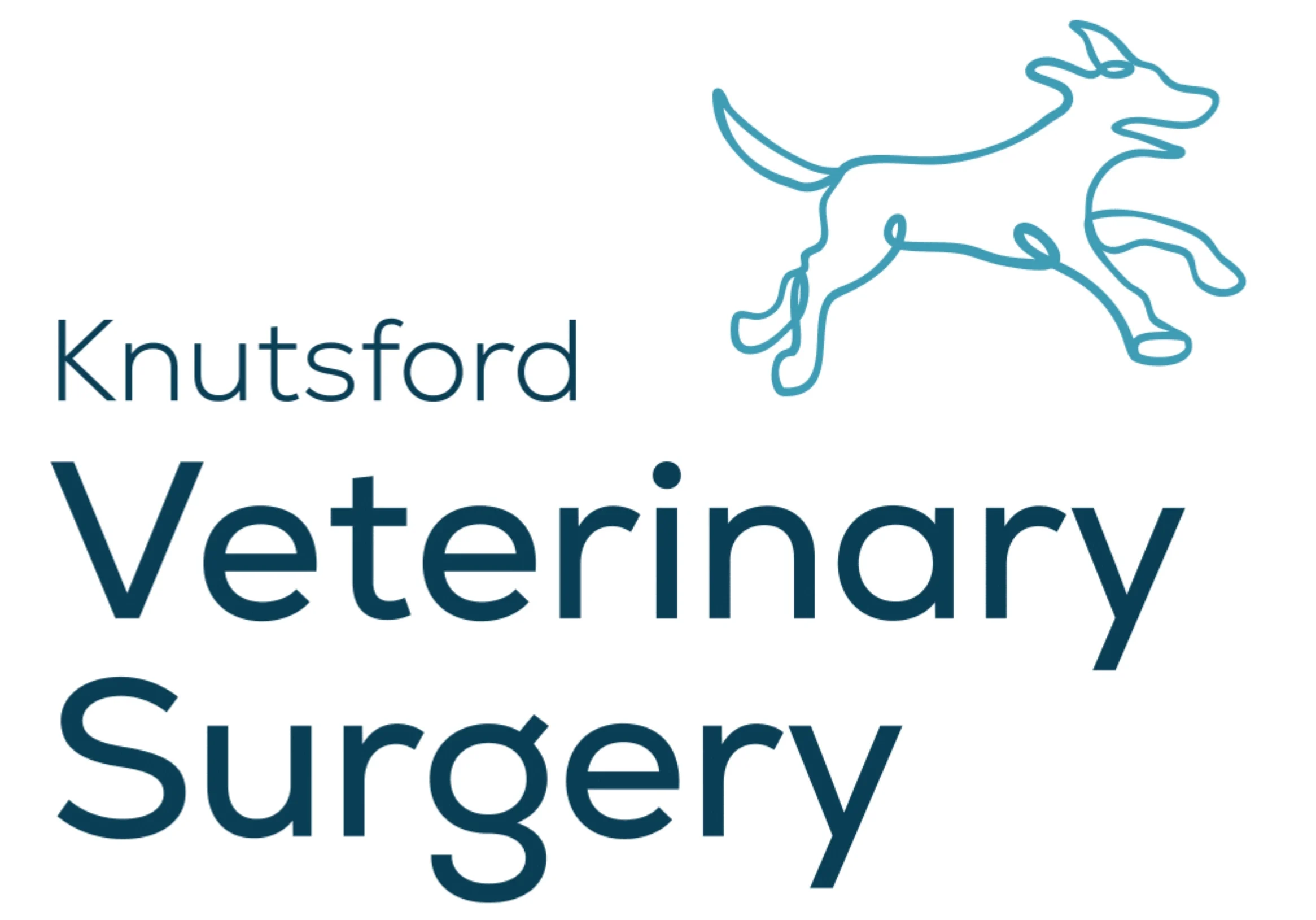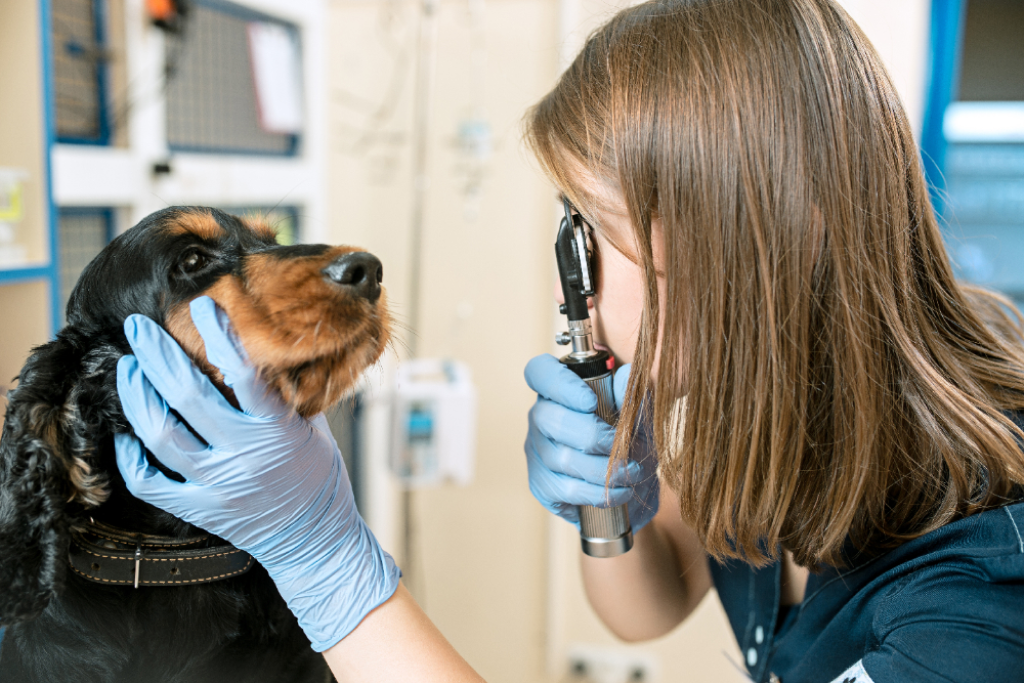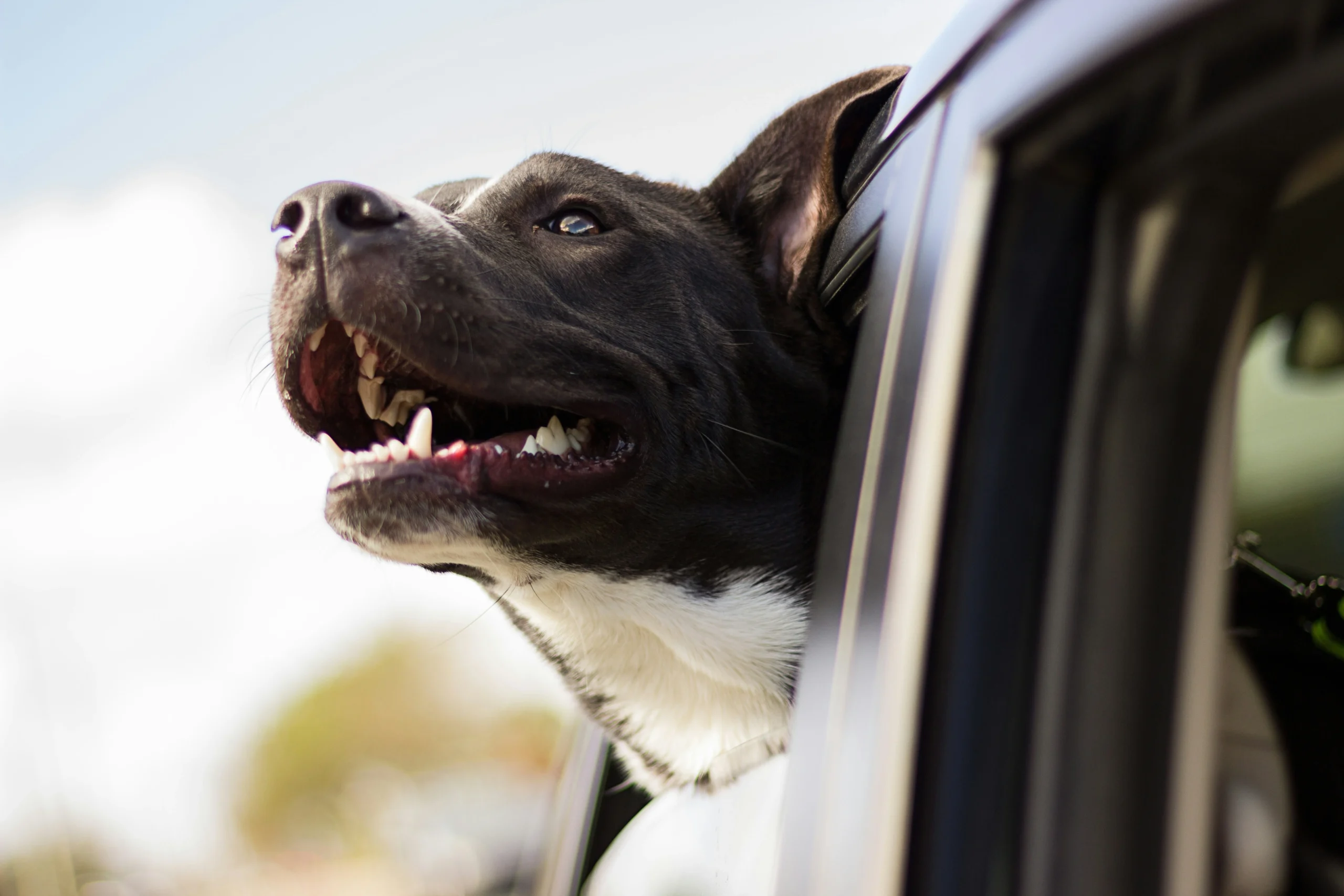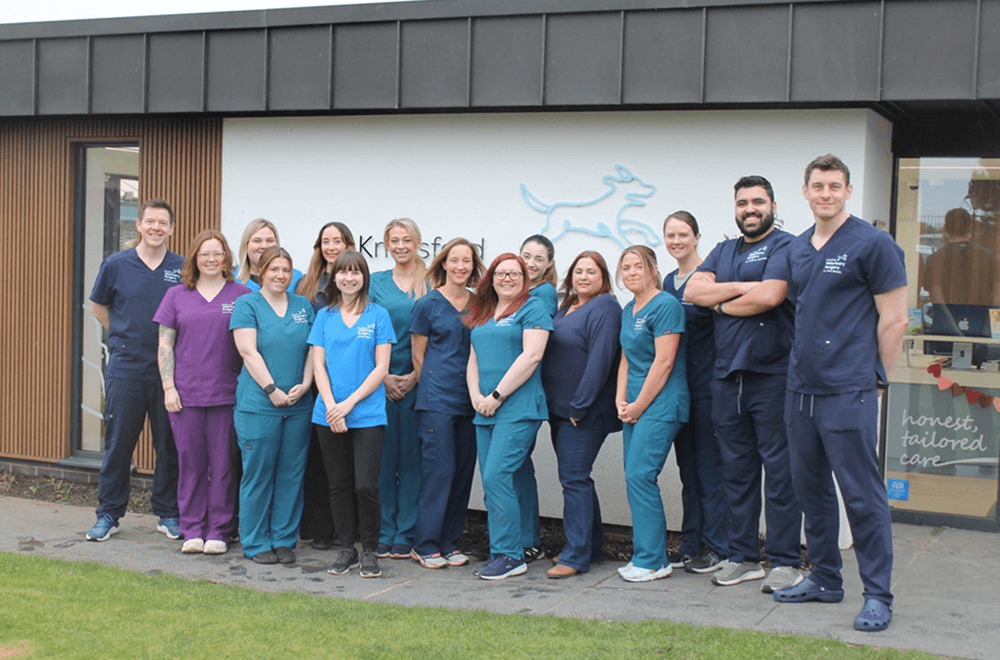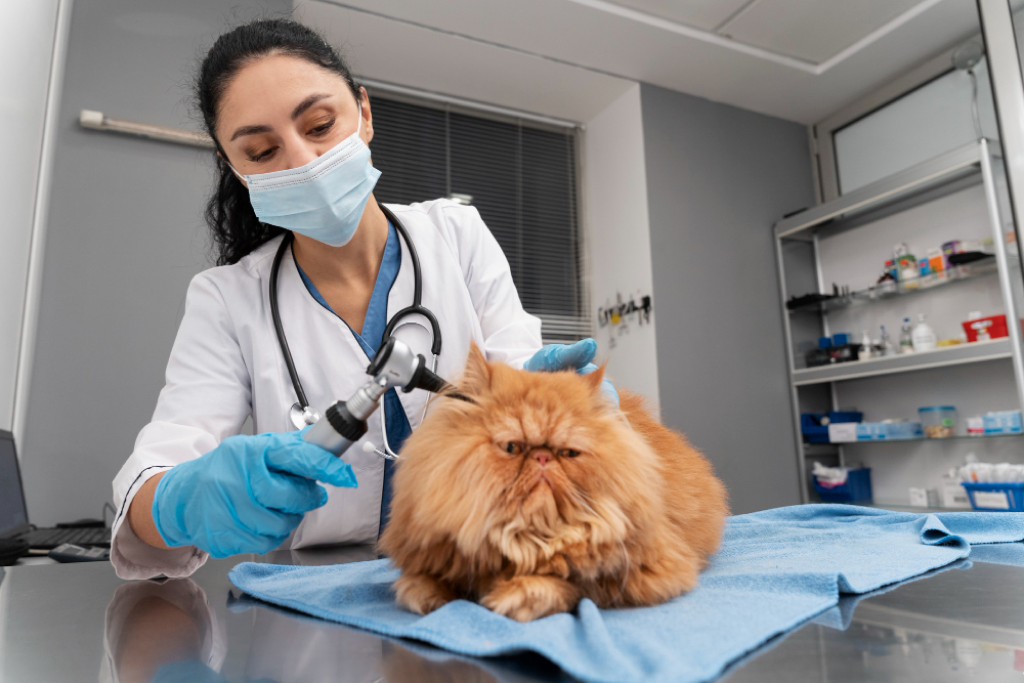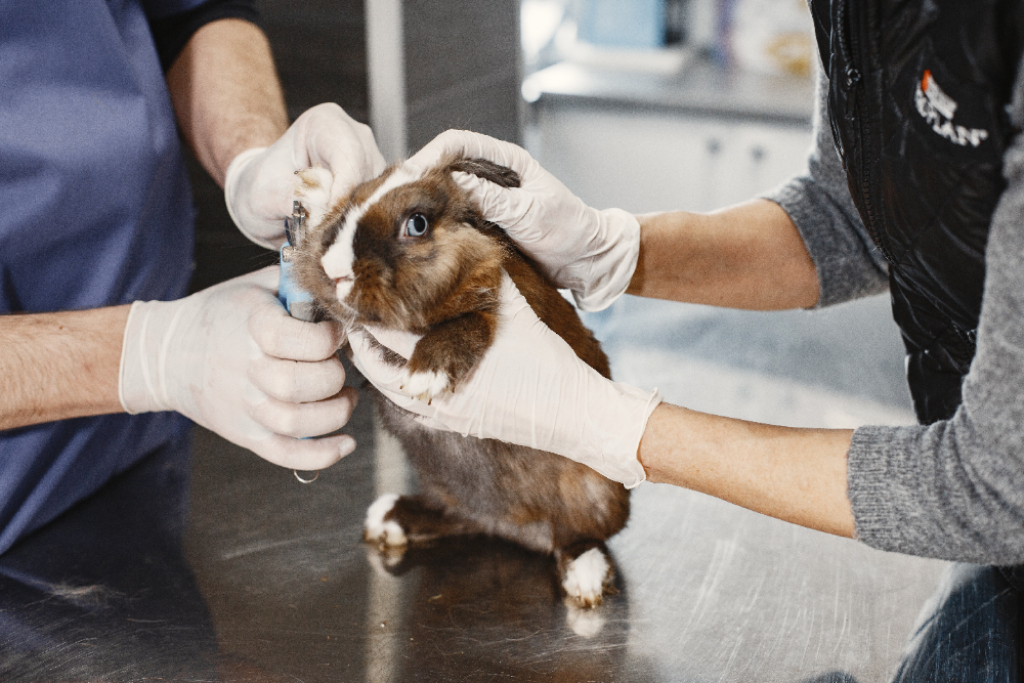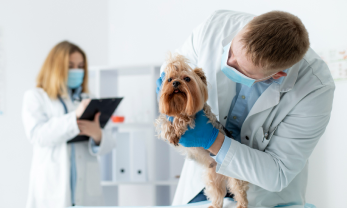Hereditary, or inherited, eye conditions are genetic diseases in pets where particular breeds tend to be predisposed to various conditions, either gained at birth or developed over time. This factsheet will take you through a variety of hereditary conditions, and provide you with an overview of what they are, their symptoms, and the treatment options available.
What are hereditary eye conditions?
Hereditary eye conditions are ocular diseases, both congenital (present at birth), and non-congenital (developed later in life), that are genetically inherited from an animal’s parents. In some cases, it may be that certain breeds are predisposed to conditions, but never actually develop them throughout their lifetime.
Many hereditary eye conditions can be fairly serious, having severe effects on your pet’s health. It’s incredibly important to have any ocular concerns checked out by your veterinarian as soon as you notice any issues. Many ocular diseases are painful, and can lead to loss of vision when left untreated.
Congenital eye conditions:
Congenital eye conditions in pets are hereditary conditions that are present from birth. Congenital eye conditions that may affect your pet include:
Collie eye anomaly
Collie eye anomaly (CEA) is a genetic condition in dogs affecting Collies, Shetland Sheepdogs, Australian Shepherds, Border Collies, and Nova Scotia Duck Tolling Retrievers.
In breeds affected by CEA, there is a mutation in the gene that controls the development of the eyes which causes the blood vessels that support the retina to go underdeveloped. Usually, the disease goes undiagnosed until your dog’s vision becomes affected. CEA will eventually lead to blindness.
Unfortunately, CEA cannot be reversed, and prevention is not possible once the bitch is pregnant. It is, ultimately, recommended not to breed dogs that carry the abnormal gene.
Retinal dysplasia
Retinal dysplasia (RD) is the abnormal development of the retina, most commonly seen in Labradors, Golden Retrievers, Cavaliers, and Springer Spaniels. RD is an inherited condition that affects your pet’s vision, although will usually not cause any pain and is not progressive. RD is characterised by round clumps, or folds, forming within the tissue of the retina.
There are few noticeable symptoms with RD, although most are associated with vision loss:
- Your pet may bump into things or not be able to find everyday items like toys
- Reluctance to manoeuvre the home e.g. climbing stairs, jumping from ledges, entering dark rooms
- Difficulty recognising people
Diagnosis of RD is usually made at an advanced stage of vision loss, although your veterinarian may pick up on abnormalities from 12-16 weeks during examination. Sadly, there is no treatment or preventative measures for RD other than refraining from breeding pets with the condition. Pets with RD do, however, usually adjust well and learn to live with vision loss, relying more on their other senses.
Congenital hereditary cataract
A cataract is the clouding of the lens in your pet’s eye that prevents the passage of light through their eye, restricting vision. Congenital hereditary cataracts are inherited from a pet’s parents and symptoms may present whilst the pet is still young. However, this is relatively rare as cataracts are usually associated with aging, or as a result of other ocular conditions.
There are over 100 different dog breeds known to be predisposed to the condition to some degree. Cats can also be predisposed to cataracts, and rabbits are often born with them.
A pet with cataracts may present with cloudiness in the lens of the eye, discharge coming from the affected eye, and loss of vision to some degree in severe cases.
There are currently no eye drops or medications that treat cataracts in pets. The only way to treat the condition is with surgery, however not all cases will require it, as preventative measures can be taken in milder cases to slow progression.
Persistent hyperplastic primary vitreous
Persistent hyperplastic primary vitreous (PHPV) is a congenital disorder that occurs when vascular structures present during development of the eye fail to regress as they should. This leads to structural abnormalities and vision impairment. The condition is not usually progressive, but as the eye grows, the abnormal structures of PHPV don’t grow with it.
Breeds that tend to be predisposed to PHPV include: Staffordshire Bull Terrier, Greyhound, Bloodhound, German Shepherd, Siberian Husky, Miniature Poodle, Labrador Retriever, Irish Setter, and Irish Wolfhound, among others.
Treatment for PHPV depends on the severity of the case, and whether or not it affects vision, however treatment may include phacoemulsification and vitreo-retinal surgery.
Pectinate ligament abnormality
Associated with primary angle glaucoma, pectinate ligament abnormality (PLA) is the defective development of the drainage angle in the eye. This is the angle between the iris and the cornea.
The condition is usually inherited and is regularly tested for using a technique called gonioscopy. It is recommended that predisposed breeds are tested every few years.
Symptoms of PLA include cloudiness and/or redness of the eye, dilation of the pupils, and vision loss.
Non-congenital eye conditions:
Non-congenital eye conditions in pets are hereditary conditions that are not necessarily present at birth, but will develop later in life. These conditions include:
Hereditary cataract
Non-congenital hereditary cataracts are similar to the congenital type, but tend to develop in older pets, leter in their life. Whilst various breeds are predisposed to the condition, old age tends to be a large factor.
Primary lens luxation
Primary lens luxation (PLL) is an inherited condition where the lens (located behind the iris and pupil) of the eye moves from its usual position, caused by weakened or broken support ligaments. This is very painful for your pet, and results in inflammation and glaucoma. Left untreated, PLL can lead to blindness.
Commonly affected breeds of PLL include: Terrier breeds, Chinese Shar Peis, and Border Collies. PLL tends to develop from the ages of 3-6 years, and it is recommended that any pets genetically affected by PLL are evaluated by your vet every 6 months.
In some patients where the lens stays behind the pupil and falls to the floor of the eye, drops are used to constrict the pupil. Surgical removal of the displaced lens, with pain management, and treatment for glaucoma is considered in other patients. Post-surgery, your pet may be hospitalised for a few days for monitoring, and once home, it’s important that your pet is not allowed to jump or run around for a few weeks.
Primary open angle glaucoma
Primary open angle glaucoma (POAG) is an inherited disease that most commonly affects Beagles, Norwegian Elkhounds, and Petit Basset Griffon Vendeens. Untreated, the condition may cause pain and blindness, however, onset is slow and can take years to diagnose.
POAG is caused by an abnormality in aqueous humor outflow. It tends to be a chronic, progressive condition treated by topical anti-glaucoma eye drops, with regular intraocular pressure checks performed regularly. In more severe cases, surgery may be required.
Progressive retinal atrophy
Progressive retinal atrophy (PRA) is a group of degenerative diseases that affect the photoreceptor cells within the eye. The cells deteriorate over time, leading to eventual blindness.
PRA is similar to retinal dysplasia, however tends to develop in older pets between the ages of 3-9 years, opposed to being present at, or close to, birth. It is an inherited disease that commonly affects Labradors, Golden Retrievers, Cavaliers, and Springer Spaniels, Bedlington Terriers, and Rottweilers.
In most cases of PRA, night vision will be affected first, however complete blindness will occur eventually. Other signs of PRA include reflective eyes when lights shines on them, and dilated pupils.
Unfortunately, there is currently no treatment for PRA, however if the disease was caused by or progressed by underlying conditions, the treatment of those conditions may help to slow or prevent further loss of vision.
Retinal pigment epithelial dystrophy
Retinal pigment epithelial dystrophy (RPED) is a hereditary condition that is known to be a recessive defect that leads to vision impairment. It is a progressive condition that usually affects both eyes in older pets where pigment cells found at the centre of the retina are negatively impacted.
RPED commonly affects Briards, Collies, Retrievers, Shetland Sheepdogs, Spaniels, and Cardigan Welsh Corgis.
Pets suffering from RPED often have problems seeing stationary objects, particularly when in bright light. Periphery vision allows them to still see moving objects, however as the condition progresses, so will their vision loss.
Unfortunately, there is currently no treatment for RPED, however any breed predisposed to the condition should be tested before breeding as a preventative measure. It is recommended that affected pets are spayed or neutered to prevent accidental matings.
Other eye conditions attributed to genetic factors:
Other conditions that are often attributed to to genetic factors and predispositions include:
Distichia
Distichia, or distichiasis is the abnormal growth of extra hairs along the eyelid margins. It tends to be a hereditary condition, and it is thought that genetic factors in predisposed breeds are the cause of the condition. It most commonly affects Boxers, Bulldogs, Flat-Coated Retrievers, Shetland Sheepdogs, and Spaniels.
Symptoms of Distichia include increased blinking or squinting, excessive tear production, discharge, rubbing at the affected area, and inflammation. It is usually diagnosed with a thorough eye examination by your vet and treatment focuses on the prevention of continued abnormal hair growth. Treatment options include electrolysis, cryotherapy, or surgical removal.
Trichiasis
Trichiasis is a condition where your pet’s eyelashes grow inwards towards the eye, rather than upwards and outwards, as normal. The condition can be very painful and irritating, and may cause inflammation.
Commonly affected breeds include Bulldogs, Shar-Peis, Chow Chows, Bloodhounds, and St Bernards. However the condition is also congenital, with some breeds being born with it: English Cocker Spaniels, Shih Tzus, Japanese Chins, Toy Poodles, Miniature Poodles, and breeds with obvious folds on their face,
Trichiasis can be difficult to diagnose at home, due to symptoms being similar to other conditions. These include: eyelashes growing in towards the eye, irritation, infections, closing the eyelids tightly, excessive tearing, and corneal ulcers.
Treatment for Trichiasis often involves surgery, however if the condition is not painful or irritating, your vet may simply choose to monitor it instead. Surgical options are similar to that with distichia.
Entropion
Entropion is an abnormality of the eye in which the eyelid turns inwards. This may cause a number of eye issues for your pet including corneal ulcers, perforations, and infections. Entropion can also be quite uncomfortable or painful for your pet as their fur and eyelashes will rub the surface of their eye.
Predisposed breeds include: Boxers, Bulldogs, Shar Peis, Bullmastiffs, Great Danes, Pugs, and St Bernards. The condition tends to affect older pets, or occurs as a result of other eye conditions or trauma.
Signs of entropion include discharge, excessive tearing, squinting, red or swollen eyes, recurring infections, and corneal ulcers.
As entropion is sometimes caused by other conditions, your vet may first need to treat that condition, which in turn may alleviate symptoms of entropion. Milder cases of entropion are usually treated with topical eye drops, but more severe cases will often require surgery.
Ectropion
Ectropion is an abnormality of the eyelids, where the lower eyelid ‘rolls’ outwards, causing it to appear droopy. It is a genetic condition in breeds such as Spaniels, St Bernards, Bloodhounds, Mastiffs, Newfoundlands, Bulldogs, and Chow Chows.
Signs of ectropion include the ‘rolling out’ or sagging of the lower eyelid, discharge, and redness or inflammation of the conjunctiva. Excessive tearing and rubbing at the affected eyelid may also occur.
Treatment for milder cases of ectropion usually includes lubricating eye drops and ointments to prevent the eye from drying out, with antibiotics used to combat corneal ulcers. More severe cases, surgery may be performed to shorten the eyelids.
Corneal lipidosis
Corneal lipidosis is the accumulation of fatty substances within the cornea. It can be caused by corneal dystrophy, corneal degeneration, and elevated cholesterol. Corneal dystrophy is inherited, and is usually present in both eyes. It commonly affects breeds such as Beagles, Cavalier King Charles Spaniels, Siberian Huskies, Samoyeds, Labrador Retrievers, and Collies.
With corneal lipidosis, you may notice lipid deposits in the cornea, as well as well-defined areas of shiny, or crystalline material. It is diagnosed via a thorough eye examination by your vet, and various samples may be taken to confirm.
Treatment for the condition depends on the cause. Corneal lipidosis as a result of corneal dystrophy does not require treatment, but your vet will monitor your pet’s
eyes periodically to check for corneal ulcers.
Ocular Melanosis
Ocular melanosis is a condition where aqueous humour cannot be properly drained from the eye, causing pressure under the eye. It is an inherited condition, commonly seen in breeds such as Cairn Terriers, Boxers, and Labrador Retrievers aged between 5-11 years.
The condition usually affects both eyes, and may present with inflammation, bloodshot eyes, cloudy coreas, pain, excessive tearing, and sensitivity to light. If your pet presents with such symptoms it’s important to see a vet as soon as possible.
There is no cure for ocular melanosis, however your vet may choose to treat the condition with topical medications such as anti-inflammatory medications and those that decrease fluid production. Analgesics may also be prescribed to control pain and symptoms associated with secondary glaucoma.
Knutsford Vets Surgery
By choosing Knutsford Vets Surgery, your pet will be in the safe hands of experienced Ophthalmologist, Dr Paul Adams. Dr Adams has years of experience treating a wide range of eye conditions, and is the perfect partner to look after your pet’s ocular health.
We welcome new patients, second opinions and referrals.
Our friendly team is on hand if you have any questions. Contact us on 01565 337999.
